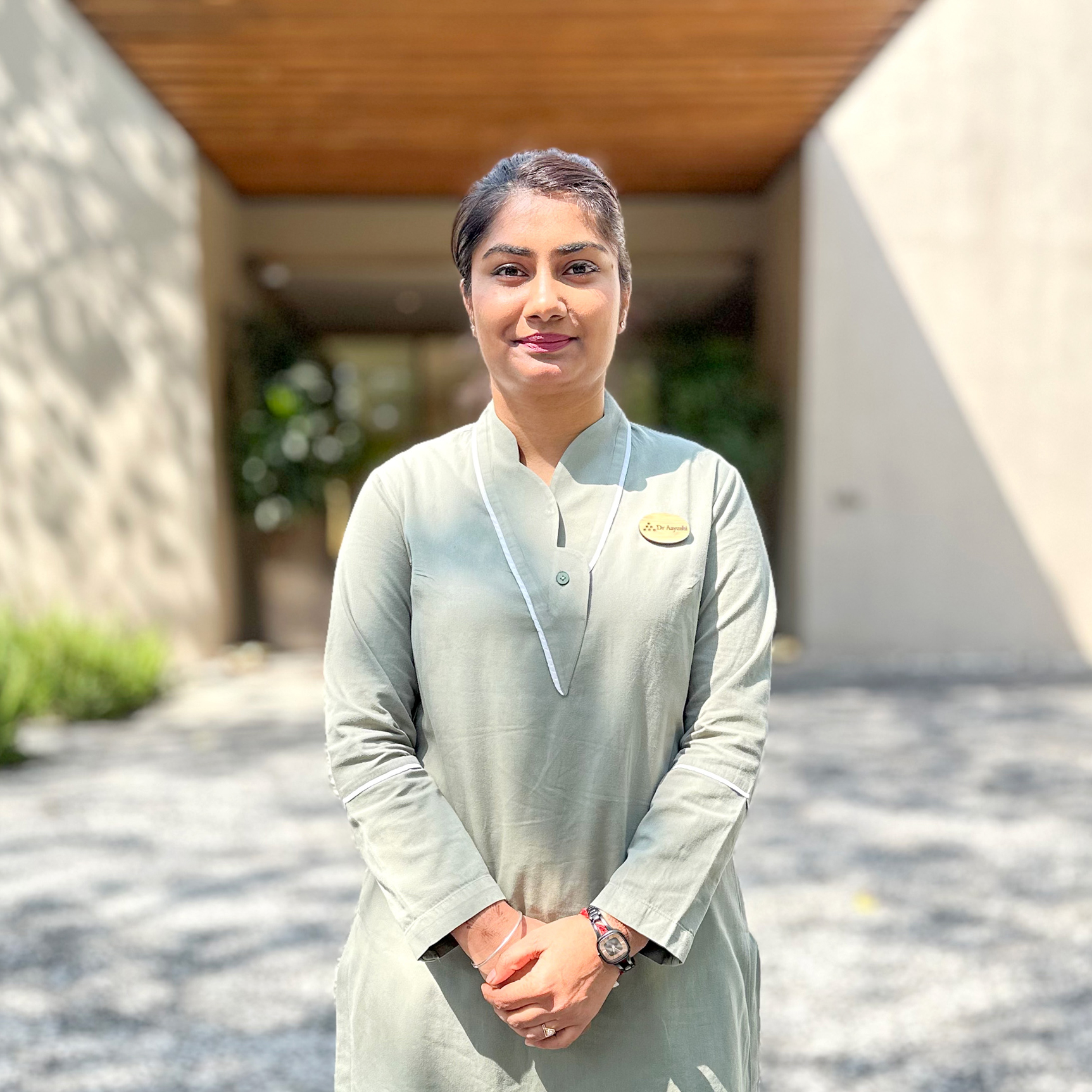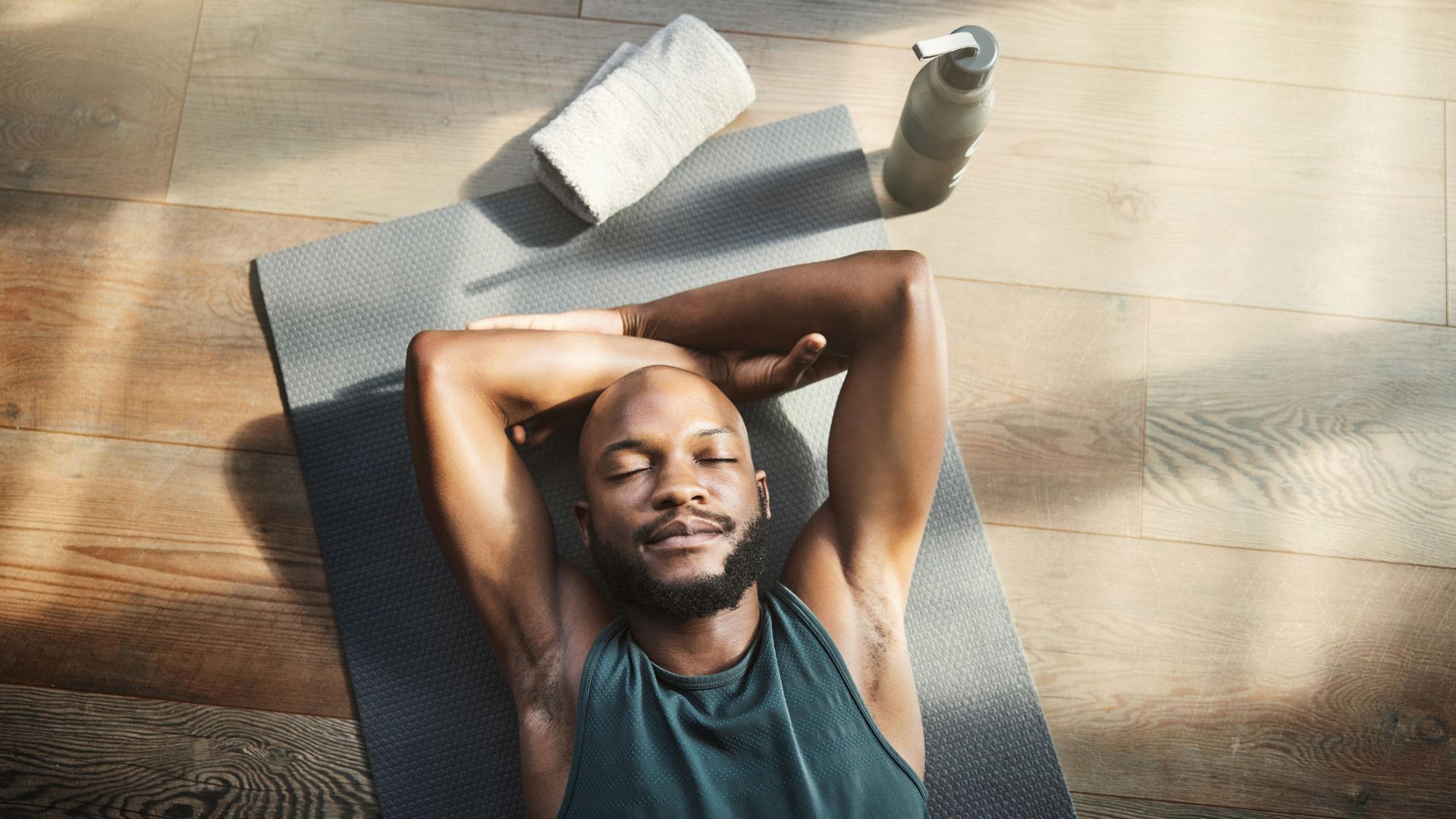I’m a certified yoga teacher and personal trainer and this is the one pose that helped my sciatica
When sciatica strikes, this one yoga move comes to the rescue

I’m a personal trainer, yoga teacher, and yoga therapist with a very active lifestyle but I still managed to get compression in my spine that caused excruciatingly painful sciatica. I endured this for over nine months, while I adapted my training regime and waited for treatment. I eventually swapped out weightlifting for gentle yoga and luckily discovered one yoga posture that helped relieve the pain (albeit temporarily).
Every morning when I woke up, I’d be greeted with sharp sciatica nerve sensations and stiffness in my left glute and hip from being in bed all night. I eventually received a spinal steroid injection to ease the symptoms and discomfort but I still use this magical stretch daily.
How to do downward dog against the wall
A post shared by Yanar Mind & Movement
A photo posted by yanarfitness on
- Stand in front of a wall around an arm’s length away. Adjust your feet so they are under your hips.
- Hinge at the hips and push your butt back away from the wall.
- Push your hands into the wall or pull away from a door handle (make sure it’s securely closed) and move your torso down so that your upper body becomes parallel to the floor.
- Try to keep your upper back and knees straight throughout. Look at your hands not down at the floor.
- Breathe deeply and feel the stretch in your butt, hips and back.
How it works
Even if you don’t do yoga you’re likely to have come across a downward dog-type move in a gym or workout environment because it’s a great stretch for anyone’s spine. Well, almost anyone. If you have sciatica, it’s a different story.
Sciatica usually happens because one of the rubbery discs between your vertebrae ruptures and some of its inner content spills out. The escaped jelly-like substance then presses on your sciatic nerve, causing spikes in pain.
Doing any kind of forward fold (like downward dog) will put pressure on your vertebrae, increasing the load placed on your damaged disc. This can cause that inner, jelly-like material to bulge out even further, which worsens the compression on your sciatic nerve (ouch!).
But there is a way to get some relief: by doing downward dog against a wall.
"This stretch helps to release the nerve by stretching the spine and decompressing the nerve by maintaining enough space between the vertebrae. It will also make the back feel freer and more mobile," says physiotherapist Aayushi Sharma, who has a masters in neurological rehabilitation.
Get the Fit&Well Newsletter
Start your week with achievable workout ideas, health tips and wellbeing advice in your inbox.
"This move also stretches your glutes, hamstrings, trapezius and latissimus dorsi, and creates spinal decompression," she adds.
Whenever I do this stretch—usually immediately after waking—I feel all the tightness melt away from my butt and hips where I’ve been lying still from sleeping. It’s pure relief every time.
"The best time to do this stretch is in the morning to relieve tension built up overnight but it can be done anytime during the day," says Sharma. "Aim for two or three reps and hold for 5-10 seconds each time."

Aayushi Sharma is a physiotherapist with a masters in neurological rehabilitation at Six Senses Vana. She works with mobilizations, myofascial releases, kinesio taping and posture correction exercises. She guides guests with postural issues for a healthier and pain-free lifestyle.
Yanar Alkayat is a health and fitness journalist, yoga therapist and certified personal trainer at Yanar Mind & Movement. Her experience includes 15 years as a writer and editor for national titles such as Runner’s World, Women’s Health and Men’s Health.
-
 "If I could choose just five moves to future-proof my body, these would be it"—A trainer says this longevity workout will help you build lasting strength and mobility
"If I could choose just five moves to future-proof my body, these would be it"—A trainer says this longevity workout will help you build lasting strength and mobilityBy Lou Mudge
-
 I tried four exercises designed to get rid of shoulder knots and I was surprised by the results
I tried four exercises designed to get rid of shoulder knots and I was surprised by the resultsA yoga instructor recommends this routine for reducing tightness in your upper body
By Alice Porter